食品サンプルについて、英語で説明してみよう
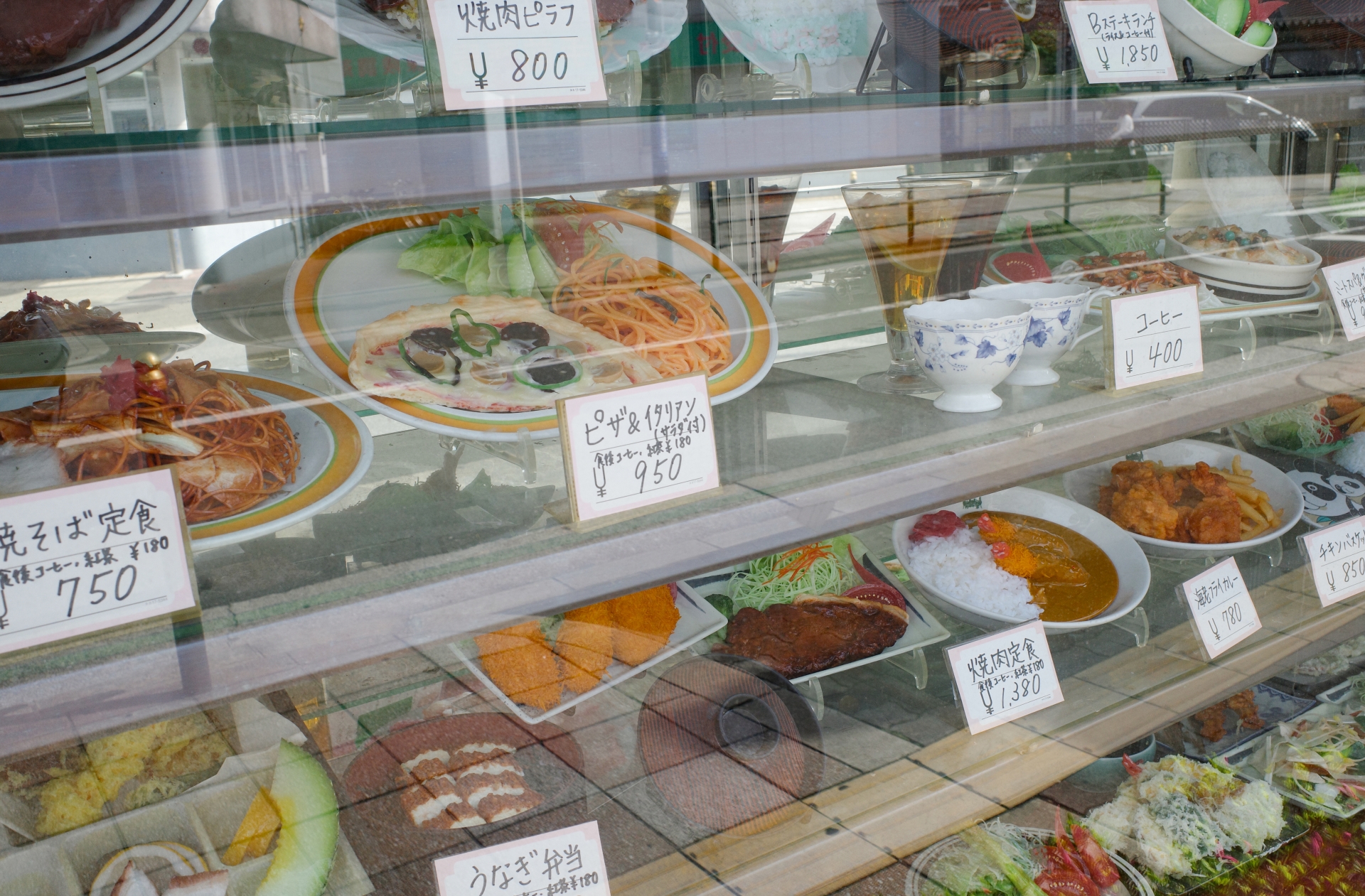
食品サンプルは、実は日本独特のものだったりします。ホンモノそっくりで、食べられるのではないか?と子どもの頃思ってしまった人は多いと思います。
今回は、そんな食品サンプルを英語で説明してみましょう!
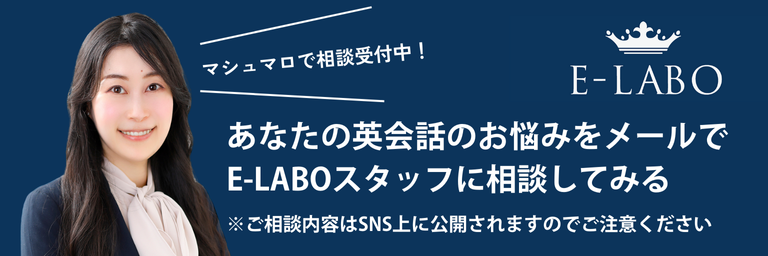
- 主な特徴
- 食品サンプルの効果
- 歴史
Food samples are mockups of food items displayed in front of restaurants and cafes in Japan.
食品サンプルは、レストランや喫茶店の店頭で見かける、まるで本物そっくりな食べ物の模型のことです。
They are made of wax or synthetic resin. They are crafted to look, feel, and even weigh like real food. They are primarily used to display menus in restaurants and cafes.
蝋(ろう)や合成樹脂で作られています。見た目だけでなく、質感や重さ、触感まで本物そっくりに作られています。主に飲食店の店頭で、メニューのディスプレイとして使われます。
When customers see tasty-looking food samples, it can really make them want to eat and encourage them to come into the restaurant. Seeing the actual samples gives people a better idea of what the dishes look like than just looking at photos. This is especially helpful for visitors from other countries who may not understand the menu, as the samples help them picture what they’re ordering.
美味しそうな食品サンプルを見ると、お客さんは食欲をそそられ、お店に入りたくなるものです。写真で見るよりも、実際のサンプルを見る方が、料理がどんなものなのか、より具体的にイメージできます。これは、メニューが読めない外国人観光客にとっても、料理を想像するのに役立ちます。
Food samples are believed to have originated in Japan during the Taisho period. Initially made of wax, they later transitioned to synthetic resin, allowing for more intricate and realistic creations.
大正時代、日本で誕生したと言われています。当初は蝋で作られていましたが、その後、合成樹脂が使われるようになり、より精巧なサンプルが作られるようになりました。
いかがでしたか?
現在、公式LINEの登録で「3か月で英語が話せるようになるPDF」をプレゼント中です。この機会にぜひご登録ください🎵
※プレゼント内容は変更になる可能性があります、ご了承ください。
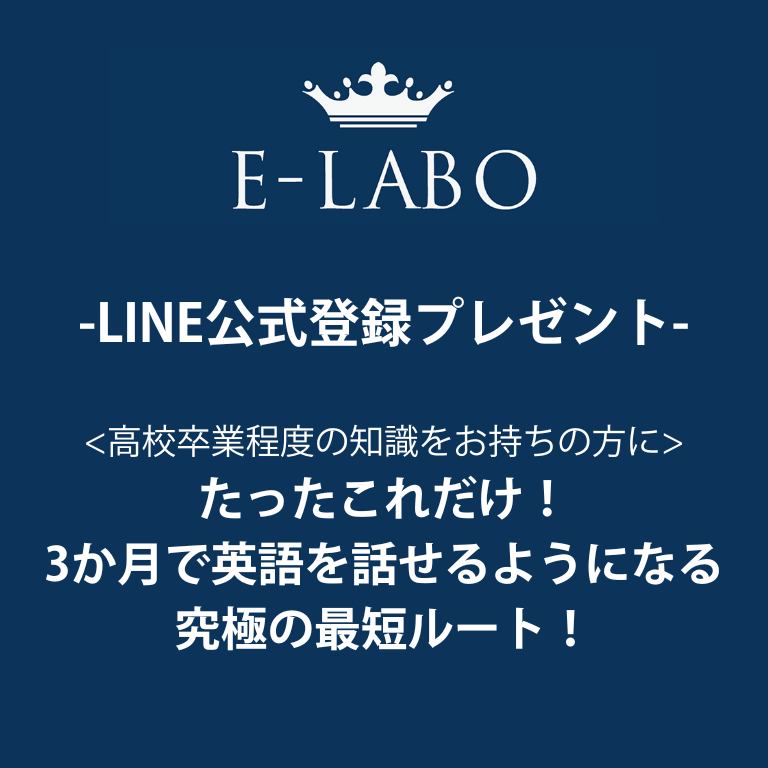

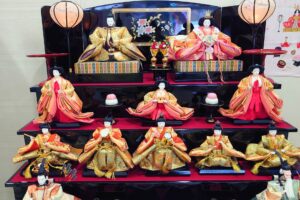
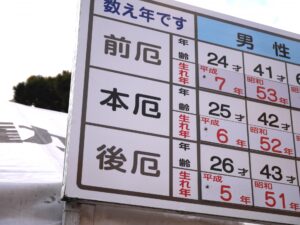
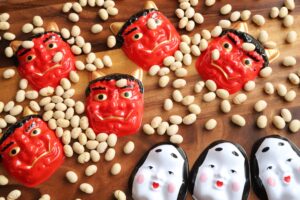
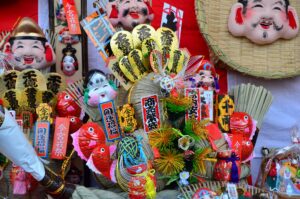
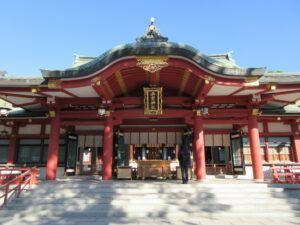
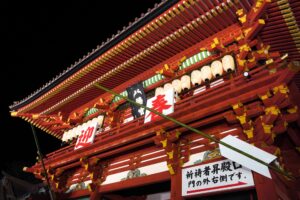
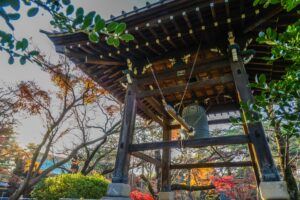
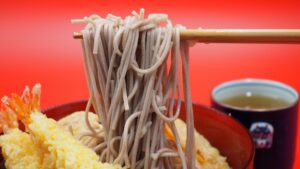
コメント